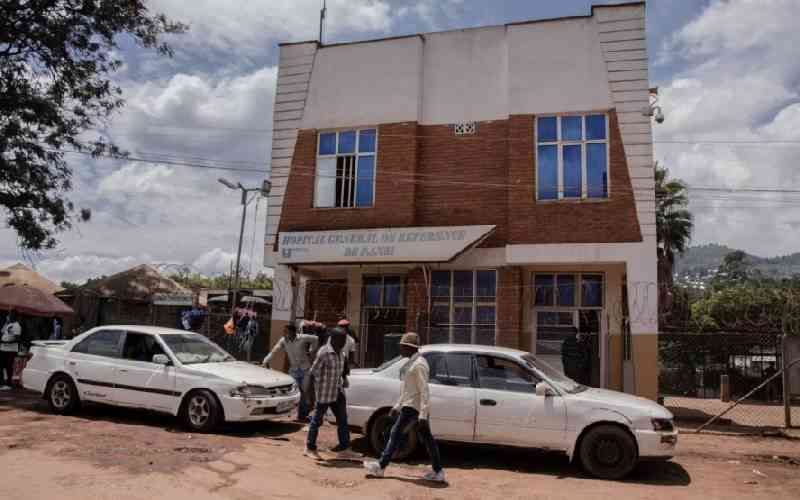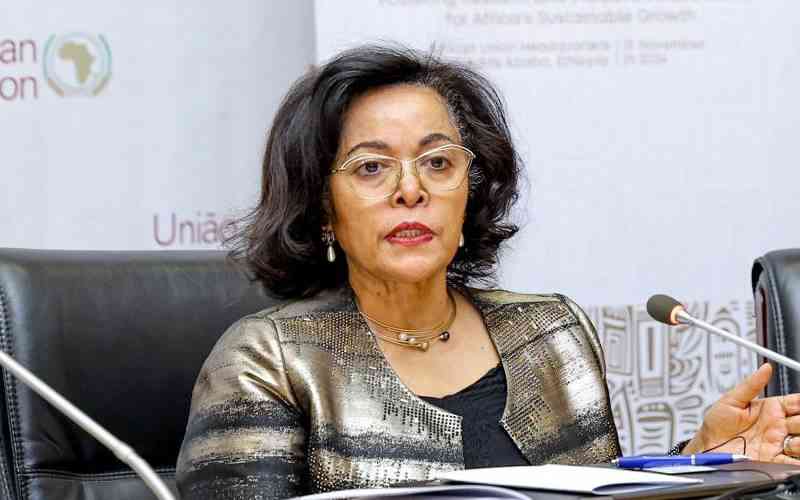For the first time in modern day history, humanity is fighting a common enemy. The coronavirus (Covid-19) pandemic, continues to spread across the globe and claim thousands of lives. Disruption of daily activities and crating of economies across world over has become the order of the day.
The infrastructure and transportation systems that bonded us globally, nationally, and locally have been reduced to minimum essential usage. With China occupying the production apex of the world’s food chain, with up to up to 60 per cent of the world’s supply and demand, 65 per cent of world manufacturing, and 41 per cent of world manufacturing exports, the growing threat of Covid-19 has created a serious risk to supply chains creating shocks to trade flows due to transport and logistics disruptions.
Governments across the globe are currently on a race trying to keep up with their citizens’ supplies ranging from the medical equipment to day to day consumables. For Kenya, apart from keeping these supplies flowing, the government has been keen on maintaining a balance between protecting lives and livelihoods.
With international transport as the key driver of trade, the shipping industry was among the first to feel the brunt of this pandemic. The Port of Mombasa, which is currently the largest entry point for the regional market, did not go unscathed. Kenya Ports Authority has managed many of the crisis’s immediate challenges at the port, however, as a nation what next for the port infrastructure in the ‘new normal’?
Unquestionably, the coming years will be exciting times from infrastructure development, including the port to all the factors necessary for the just-in-time production processes aimed at driving overall economic growth.
On this side of the globe, Kenya, Ethiopia and South Sudan are on a race to complete the Lapsset transport corridor and bolster trade across the region. The Lapsset corridor, which will have a Standard Gauge Railway line, road networks, oil pipeline and refinery, international Airports, port at Lamu and resort cities in Larru, Isiolo and Lake Turkana is expected to ease the pressure on the already busy port of Mombasa as well as open up new trade routes to the north of the country.
Already, the first three out of the expected 32 berths along the 6km coastline have been completed with several private sector players expressing interest in developing the rest of the berths.
Once completed, the project is expected to open up new enormous markets for intra-African trade. With more than 80 million people, Ethiopia is the most populous landlocked country in Africa and connection to the Lamu Port will open up an additional export corridor to the outside world.
As we strive to complete capital intensive projects, as a nation we need to be cognizant that these developments need to be embedded in the larger master plans incorporating the private sector and regional trading partners.
In addition to their economic, social and environmental impact on Kenya, we need to ensure their effectiveness and efficiency of operations is competitive, not just regionally but globally. In this way, we can be assured that whatever we are building will certainly have economic longevity.
Even as we adjust and keep pace with economic volatility, so too must the Government. Cost containment, reduction, adaptability, and resiliency have become the buzzwords in the private sector, however, it is not as loud as it should be in the public sector circles.
- The writer is a communication consultant and policy development scholar. [email protected]
 The Standard Group Plc is a
multi-media organization with investments in media platforms spanning newspaper
print operations, television, radio broadcasting, digital and online services. The
Standard Group is recognized as a leading multi-media house in Kenya with a key
influence in matters of national and international interest.
The Standard Group Plc is a
multi-media organization with investments in media platforms spanning newspaper
print operations, television, radio broadcasting, digital and online services. The
Standard Group is recognized as a leading multi-media house in Kenya with a key
influence in matters of national and international interest.
 The Standard Group Plc is a
multi-media organization with investments in media platforms spanning newspaper
print operations, television, radio broadcasting, digital and online services. The
Standard Group is recognized as a leading multi-media house in Kenya with a key
influence in matters of national and international interest.
The Standard Group Plc is a
multi-media organization with investments in media platforms spanning newspaper
print operations, television, radio broadcasting, digital and online services. The
Standard Group is recognized as a leading multi-media house in Kenya with a key
influence in matters of national and international interest.








